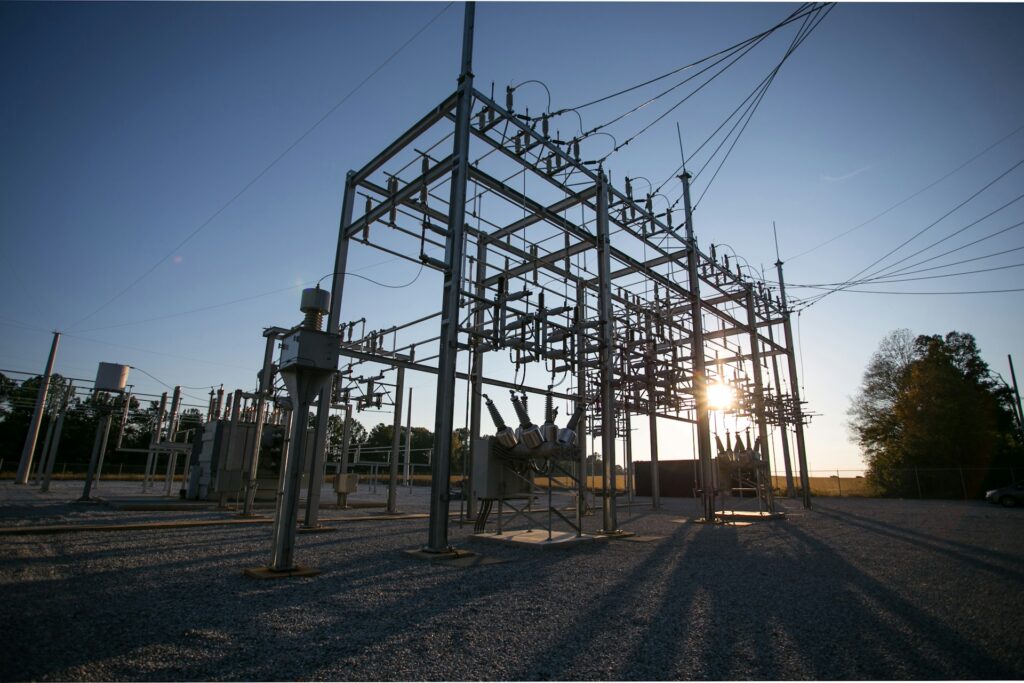Projects that include electrical system maintenance or upgrade activities require significant preparation to ensure users and workers remain safe. Rooms that lack sufficient lighting, equipment in unexpected places, and exposure to hazardous substances are some of the risks people may encounter when power disruptions happen in their work areas.
If your team has an upcoming project with an electrical component, consider how you can help identify and proactively address personal safety risks.
Lighting. It sounds simple, but maintaining enough illumination for users to safely navigate their work areas is sometimes one of the biggest challenges when orchestrating power system disruptions. Restrooms, interior hallways, offices, and conference rooms can be too dark once the lights go out, even if they have exterior windows bringing in some amount of natural light. Workers who can’t see where they’re going can easily hurt themselves if they bump into sharp wall corners, kick furniture, or trip on floor transitions that are easily seen when the lights are on.
Partner with representatives from each functional group to understand worker traffic flows and develop detours if necessary. Affected areas may require temporary, standalone lighting units to provide enough illumination for people to safely work and transit through the space. It’s also prudent to review and replace the batteries in malfunctioning exit signs or augment dim emergency lighting.
Support equipment. Cranes, generators, and other large equipment may be brought in as part of the electrical work. These are sometimes necessary for moving heavy items or providing ongoing power to key machinery components during the project. These large pieces of equipment often occupy space normally used for other activities or block access to various work areas. If the placement of temporary equipment will impede traffic flows, communicate with stakeholders so they’re aware of any safety issues they might encounter when working in or traveling through the affected area.
When it’s time to remove temporary equipment from the jobsite, let users know what it means for them. For example, flat-bed trucks used to transport large items may block portions of the parking lot, loading docks, or driveways, making them inaccessible during the transfer and reducing available egress routes. Post signage to clearly identify which entry/exit points are open and where hazards (extended stabilizing platforms, booms, etc.) exist so users don’t end up in an area that isn’t safe. Discuss support equipment plans with your vendor team to understand how they can help you minimize onsite safety concerns.
Outside resources. Power disruptions can increase fire risks, with sparks and short circuits among the more common dangers. When electrical lines, powered equipment, and other components are reenergized, there are additional fire-related problems to watch for. You may need to call on the local fire department to handle emergencies if something goes wrong, and it’s smart to bring them into the project for some proactive discussion. Notify them of your plans early and collaborate closely with them to assess your project’s potential fire and other safety issues.
Consider, too, if other safety risks could crop along your planned electrical system activity timeline. Are hazardous materials stored in temperature-controlled areas? If so, focus on avoiding problems by working with vendors or other experts to understand the tolerance for temperature fluctuations while electricity is unavailable. Will monitoring equipment send out unintended alerts if power is lost? Those alarms might need to be disabled temporarily. If the area houses potentially volatile compounds, you may choose to have a hazmat crew or other skilled team on standby. Addressing these safety issues early could be the difference between experiencing an annoying glitch and triggering a significant safety incident.
PMAlliance, Inc uses a team of highly experienced and certified professionals to provide project management consulting, project management training and project portfolio management.


